- https://en.wikipedia.org/wiki/Hughes_Airwest
- https://en.wikipedia.org/wiki/Bonanza_Air_Lines
- https://en.wikipedia.org/wiki/Western_Airlines
Occasionally, we would walk to the general aviation side of the airport away from the airline terminals (only two at the time) and find interesting aircraft. We were told that a certain Learjet was owned by actor/comedian Danny Kaye. A little research shows this was not exactly true. Here is an excerpt from an article that explains the Danny Kaye connection to Learjet: https://www.flyingmag.com/last-true-lear-jet/
“Danny Kaye, by the way, never owned a Learjet, though he did receive a type rating and flew one on a nationwide tour with chief pilot Hank Beaird, raising awareness of the brand and money for UNICEF. And while his friend Bill Lear made him a vice president this was strictly an honorary and symbolic title. “He was not in charge of marketing, nor did he ever have any line responsibility at the company,” said aviation industry veteran Al Higdon.
Perhaps the Learjet was the one he flew on a promotional tour? I will never know.
Clay Lacy, Bill Lear and Danny Kaye in the Lear Liner 40 mockup in 1965. Courtesy Clay Lacy Aviation
Clay Lacy, Danny Kate & Bill Lear
1967 Piper Cherokee 140
One day we went to the Piper dealership and my mom arranged an introductory flight in a Piper Cherokee 140, a single engine low wing all metal four seat aircraft. The older instructor was named Frye(?). He was a quiet and nice older guy. Hey, when you are around 8-9 years old, every male is an older guy! The plane was pretty new and he let me sit up front with him while my mom sat in the back. We flew over Phoenix for a while and he let me take over the controls and perform some turns. Oh my! I was hooked! I decided right then and there I would become a pilot someday. It would take another 20 years, but I eventually did. Piper was always my preferred aircraft company after that flight.
When I was a bit older, I decided I wanted to fly in as many models of aircraft as I could.
My mom and I flew on a Golden West Airlines de Havilland of Canada Twin Otter from Apple Valley to Los Angeles International. That was fun, and it was amazing to me that the throttle handles were located on the ceiling between the pilots instead of on the floor between them.
A bit later, my mother and I flew on a small commuter airliner flight from Phoenix to Tucson, Arizona. Apache Airlines was the commuter airliner for the entire State of Arizona at the time. Apache Airlines had begun its operations at the Tucson airport in 1946 and eventually had expanded to serving nine cities throughout Arizona and also Las Vegas, Nevada in 1971. At the time they used British built de Havilland Dove and Heron small airliners which could seat up to about 11 passengers. The Dove airplanes were powered by two British Gypsy 6 cylinder inverted piston engines. About 550 of this type were produced between 1946-1967. The Heron used 4 of the Gypsy engines and about 149 were built between 1950-1963. Apache also had the Riley Turbo Skyliner “A number of Herons were fitted with 290 hp (216 kW)Lycoming IO-540 flat-six piston engines.” The modifications were carried out by the Riley Turbostream Corporation of the USA. Apache also had ordered some turboprop converted aircraft that were known as the “Carstedt 600 Jetliner” modified by Von Carstedt Inc, of Long Beach, California. The conversion used a Dove aircraft as its basis and switched the original British piston engines for two American Garrett AiResearch TPE331 turboprop engines. The fuselage was also lengthened, the wing fuel cells were relocated to the outboard of the turboprop engines, and passenger seating capacity was increased from 11 to 18. Only six of these Carstedt conversions were built.
I remember our flight being full, a little turbulent over the hot desert, but otherwise uneventful. Later, I’m not sure how long, maybe a few weeks to a few months, an Apache Airlines flight en-route from Tucson to Phoenix crashed in a cotton field near Coolidge, Arizona. All 10 passengers and 2 Pilots were killed, which included the daughter of the Tucson Airport Manager. I remember seeing on television a picture of lone shoes, women’s and men’s, lying on the ground near the crash site. I was too young to comprehend all this, but would later realize we were on the same type of aircraft, possibly even the exact same aircraft! An investigation ensued, and it was found that the Carstedt Starliner conversion which was done at the Long Beach, California airport had improper engineering so that the wing spar bolts had not only poor tolerance and poor quality control, but were also corroded with underrated steel hardware which resulted in the separation of the right wing shortly before the crash (see the links for the actual NTSB report.) I remember being with my mom at the airport not long after the crash and overhearing her talking to the Phoenix station manager. The station manager told my mom that it was very difficult to have to tell the people waiting for the inbound flight from Tucson that it was never going to arrive as it had crashed. I doubt he told them they all had perished. What a terrible thing to have to convey to the loved ones!
Shortly after the crash which occurred on May 6, 1971, Apache Airlines ceased operations and filed for bankruptcy. Very sad. Another airline, Cochise Airlines, was started in September of that year with different aircraft and managed to survive financially until, due to competition and expansion costs, it ceased operation in late 1982.
De Havilland Dove
Riley Jetliner conversion at Phoenix Sky Harbor Airport
The actual doomed Carstedt Starliner 600
(One of my favorite ground level observation areas as a child was located just to the right of the Mobil fuel truck at the end of the building.)
For more info:
- https://en.wikipedia.org/wiki/De_Havilland_Dove
- https://en.wikipedia.org/wiki/De_Havilland_Heron
- https://www.ntsb.gov/_layouts/15/ntsb.aviation/brief.aspx?ev_id=59855&key=0
- http://departedwings.com/The%20Airlines/Cochise%20Airlines/Cochise.htm
- https://www.baaa-acro.com/sites/default/files/2018-10/N4922V.pdf
- https://www.nytimes.com/1971/05/07/archives/12-killed-in-arizona-crash-of-apache-airlines-plane.html
- https://www.youtube.com/watch?v=tuCDz4v9fhY
- https://www.youtube.com/watch?v=SgeWK7_WCiw
As I was growing up, my mom was nice enough to take me to air shows. We would go to Luke Air Force base located outside of Phoenix to watch the USAF Thunderbirds. I remember when they were flying our best production fighter at the time, the North American F-100. They flew the F-100 from 1956 to 1969 but “The Thunderbirds used the F-105 for six airshows in 1964. After a structural failure of an F-105 while practicing for a show, the team switched back to the F-100.” In 1969 they switched to the F-4 Phantom II. The F-4 Phantom II is the only aircraft so far that has been used by both the Navy Blue Angels and Air Force Thunderbirds.
We once went to Deer Valley Airport (not that far from Luke Air Force base) for an air show. My favorite performer was flying two aircraft at this show. His name was Bob Hoover. He flew the WWII North American P-51 and the North American Aero Commander twin prop. At the airshow his personal pilot was going to taxi the Shrike back to the other end of the field. My mom stepped up and asked if we could taxi in the airplane with him. He said yes! And so we did. I was totally elated! The equivalent was if my hero was Batman and I got to go for a ride in the Batmobile. Bob’s Shrike Commander is on display at the National Air and Space Museum, Udvar-Hazy Center, in Dulles, Virginia. Bob flew west in 2016 at the age of 94. He had accumulated a total of 20,000 hours flight time in over 300 aircraft types. With deep respect from the aviation community he has been called “a pilot’s pilot.”
- https://en.wikipedia.org/wiki/Bob_Hoover
- https://airandspace.si.edu/collection-objects/north-american-rockwell-shrike-commander-500s-robert-bob-hoover/nasm_A20000796000https://airandspace.si.edu/collection-objects/north-american-rockwell-shrike-commander-500s-robert-bob-hoover/nasm_A20000796000
- https://airshow.fandom.com/wiki/Bob_Hoover
My mom and I once flew from Apple Valley to Los Angeles International airport (LAX) on a commuter airline called Golden West Airlines. They were in operation from 1967-1983, and prevalent in Southern California at the time. In 1968 they started service to Apple Valley Airport. That was probably the year we flew on them. We flew on a de Havilland Canada DHC-6 Twin Otter STOL capable aircraft. Fun! I always liked how on these Canadian aircraft the throttle handles are located hanging down from the ceiling above the pilots.
Pre-1969 paint scheme
Same Airplane with newer paint scheme starting in 1969
- https://en.wikipedia.org/wiki/Golden_West_Airlines
- https://en.wikipedia.org/wiki/De_Havilland_Canada_DHC-6_Twin_Otter
On another flight, I had arranged for my mom and I to fly from LAX to Phoenix on a TWA Convair 880. It was a good flight and it seemed to me a lot of the internal wing mechanism was visible to passengers as the flaps were fully deployed. Much later in life, I had a coworker/carpool friend whose wife’s adopted retired uncle had flown for TWA and he said those Convair 880s were rock solid. Unfortunately for Convair, they were not widely used by airlines. “Only 65 Convair 880s were produced over the lifetime of the production run from 1959 to 1962, and General Dynamics eventually withdrew from the airliner market after considering the 880 project a failure. The Convair 990 was a stretched and faster variant of the 880.”-Wikipedia
“The 990’s niche was soon captured by the Boeing 720 and Boeing 720B, derivatives of the Boeing 707, and later by the Boeing 727. By the time the assembly line shut down in 1963, only 37 990s had been produced, bringing General Dynamics’ entire production of commercial jet airliners to 102 airframes. The failure of airlines to broadly accept the Convair 880 and 990 led Convair’s parent company, General Dynamics, to suffer what at the time was one of the largest corporate losses in history. As a result, Convair exited the jet airliner business, although it later profitably built fuselages for the McDonnell Douglas DC-10, KC-10 and MD-11.”-Wikipedia
Want to see an 880 and go inside of it? Elvis Presley bought one and named it for his daughter. The plane is on display at Graceland in Tennessee.
Another relatively unknown fact of the Convair 880 is that its first flight took place on the day I was born!
Trans World Airlines Convair 880
Swissair DC-8 and Swissair Convair 990
My personal photograph of NASA 990A on display at the Mojave Spaceport
- https://en.wikipedia.org/wiki/Convair_880
- https://www.graceland.com/airplanes
- https://www.deltamuseum.org/exhibits/exhibits/aircraft/prototype-convair-880
- https://flic.kr/p/2ep38Uc
One time, my mother and I flew from San Francisco to North Lake Tahoe Airport in a Britten-Norman Islander. There were not many of these aircraft in the USA, and we were its only passengers. I think it was painted yellow and this flight must have been in the 1969-1972 time frame. I am pretty sure it was the BN-2A. I don’t remember much of the flight, as it was smooth and uneventful. I do remember looking out my window and seeing lots of pine trees on a snow covered hill not far below us.
- https://en.wikipedia.org/wiki/Britten-Norman_BN-2_Islander
- https://thereaderwiki.com/en/Britten-Norman_Islander
In 1983 my first wife Dana (my high school sweetheart) and I visited Long Beach. While there, we took a short helicopter tour of the harbor. The helicopter was the venerable and reliable Bell Jet Ranger 206. It was exciting and noisy and too short of a flight. My one and only helicopter ride.
Bell Jet Ranger
At that time, across from the Queen Mary, the Howard Hughes Spruce Goose was housed in a dome specially built for it. Howard Hughes himself had said that it should be kept in a climate-controlled hanger away from the public in the Long Beach marina area, and that’s what happened until 1976 when he died. Every year it cost the Hughes Corporation about a million dollars for air conditioning and heating and maintenance and rental for a large hangar just for it. From Wikipedia: “A full-time crew of 300 workers, all sworn to secrecy, maintained the aircraft in flying condition in a climate-controlled hangar. The company reduced the crew to 50 workers in 1962 and then disbanded it after Hughes’ death in 1976.”
We went inside the darkened dome and there was the Spruce Goose that I had only read about since I was a young child. We were able to freely tour the cockpit and we found a very realistic Howard Hughes mannequin at the controls! I really wish I had gotten to meet the real Howard Hughes.
Howard Hughes – The Mannequin Long Beach, CA
Spruce Goose on only flight in Long Beach. 11/2/47 AP photo
Spruce Goose being moved into Dome Long Beach 1985
Hughes Flying Boat in Evergreen Museum 2011
We went inside the rear of the flying boat to see how wide the opening would be for tanks and vehicles to come inside. I was in heaven actually being able to touch the wood. For most of my life it was hidden and mysterious, and I just assumed I would never see it in person. In 1988 the Disney Corporation decided it would purchase both exhibits of the Queen Mary and the Spruce Goose. But just a few years later in 1991 they decided they no longer wanted to own them. Maybe these two treasures were not profitable enough for them? A search for a new owner for the Spruce Goose was initiated. Finally a buyer was found. The Howard Hughes Flying Boat, after being on public display in Long Beach from 1980-1992, was disassembled in 1993 and put on a barge and moved up the coast to Oregon and down a couple of rivers, with the help of trains and trucks, to where it still resides today at the Evergreen Aviation Museum in McMinnville, Oregon. It is on my bucket list to see it again someday. We toured the Queen Mary afterwards. Wow! Equally impressive!
Years later, maybe ~ 1989-1990, my second-wife Sheryl and I stayed overnight on the Queen Mary with our firstborn, David. He was very small and just fit on the ledge next to the small porthole. So we placed David on the ledge next to the porthole so he could look out. He was safe as he could not fall out the rather small opening, nor was he leaning out. We were all eating doughnuts for breakfast and his hand was outside dropping pieces to the seagulls several stories below floating on the water. Suddenly a bunch of seagulls discovered they LOVED the donuts and flew up to the porthole and started to come in and were very close to David’s face so Sheryl grabbed our son off of the ledge and the seagulls got even closer to coming into our room as their source of donuts had stopped and moved away from the porthole. I quickly slammed the porthole closed. For a few anxious seconds I was beginning to think our room would have many hungry seagulls (think Angry Birds) flying around inside. It was almost like being in an old Hitchcock movie! I guess if things had gone really badly I could have just called the front desk and asked them to send up someone to rid the room of the annoying seagulls. LOL
Queen Mary
The Queen Mary has been closed since 2020 because of Covid, and because some urgent and expensive repairs must be made to keep her afloat, but she reopened in 2023. One day I would like to return to her for a visit.
- https://en.wikipedia.org/wiki/RMS_Queen_Mary
- https://queenmary.com/
- https://www.presstelegram.com/2023/05/25/i-spent-a-night-aboard-the-queen-mary-for-the-first-time-in-three-years/
When they were re-covering the skin (fabric) on the Spruce Goose after it arrived in Oregon, I purchased a piece of the original fabric about the size of a stamp. Unfortunately, I have no idea where it is now, as I have apparently lost it. Darn! It was nice to think of owning a piece of the original flying boat. Since I was a young child I had always been fascinated by Howard Hughes and especially the Spruce Goose. I still am. Here are some links:
- https://en.wikipedia.org/wiki/Hughes_H-4_Hercules
- https://www.history.com/this-day-in-history/spruce-goose-flies
- https://www.evergreenmuseum.org/exhibit/the-spruce-goose/
During high school I planned a trip back to Iowa to visit my aunt. I managed to fly in a North Central Airlines Convair CV-580 for one segment of the trip from Denver to Sioux Falls, South Dakota. I tried arranging as many stops as possible for this trip so that I would have the most amount of flying time possible. What fun!
Later in 1980 or 1981 my first wife and I flew on an Aspen Airways Convair CV-580 from San Francisco Airport to Lake Tahoe. Gotta love those old propjets!
- https://en.wikipedia.org/wiki/Aspen_Airways
- https://www.airliners.net/aircraft-data/convair-2403404405405806006405800/169
While living in Las Vegas, Nevada, I managed to meet the owner of Scroggins Aviation and got a private tour of their facility. They have done aircraft mockups for various films such as Hobbs and Shaw, Bumblebee (film), Deadpool 2, Jurassic World, Captain America: Civil War, Terminator Genisys, Spider-Man: Homecoming, Dunkirk, Iron Man 3, Sully, Independence Day: Resurgence, Jumanji: Welcome to the Jungle, Fifty Shades Darker, Flight, The Event, Pan Am, Agents of S.H.I.E.L.D., The Night Shift, and The Last Ship. I got to go into the cockpit of the ‘aircraft’ used for Agents of S.H.I.E.L.D. Quinjet (the Quinjet first appeared in a Marvel comic book in 1969) which is based on a DC-10 cockpit. Scroggins also now owns the type certificate (exclusive designs, plans, and building rights) to the Convair 990 Coronado aircraft! One aircraft is stored somewhere at the Mojave Spaceport while part of a fuselage from another is on loan to the Evergreen Air museum in Tillamook, WA
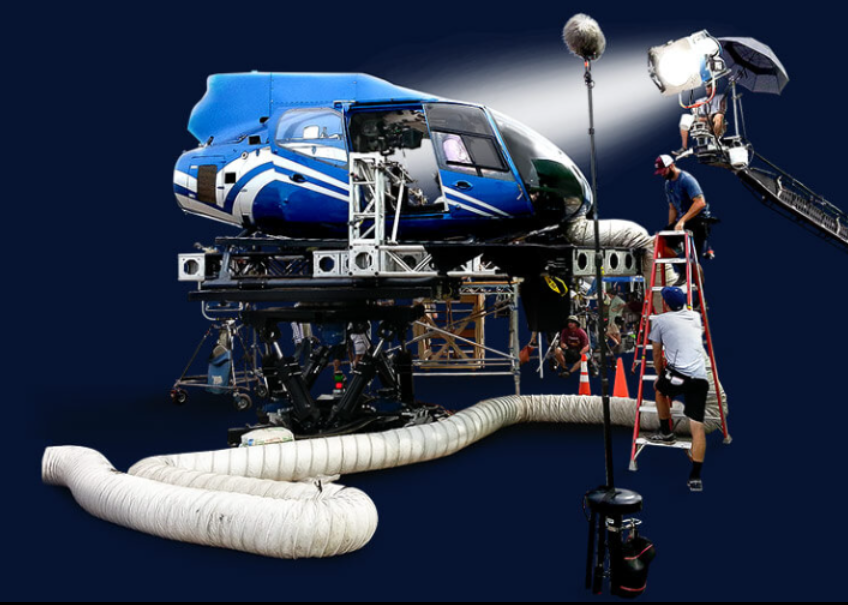
Somewhere about 1983, my wife and I traveled north of San Francisco maybe 50 to 100 miles to a small farm that had an ultralight airstrip. I desperately wanted to go up in an ultralight aircraft. There was a husband and wife team with a two seat side-by-side Eipper MXL-2 ultralight which the husband gave lessons and introductory flights in. I was really quite nervous as we took off at a steep angle. He leveled off and he asked if I was okay. I think my leg was shaking but I’m not sure. Maybe I had a smile on my face or a look of panic. I don’t remember, but wow, was this great! I told him I was fine and we continued and flew around the pattern and landed. That was one of the best flights I ever experienced.

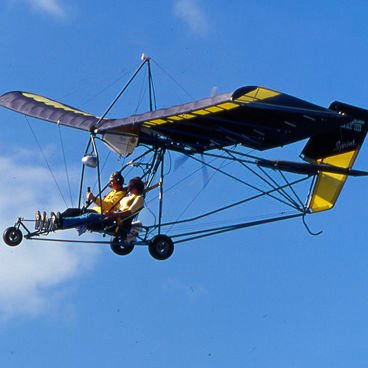
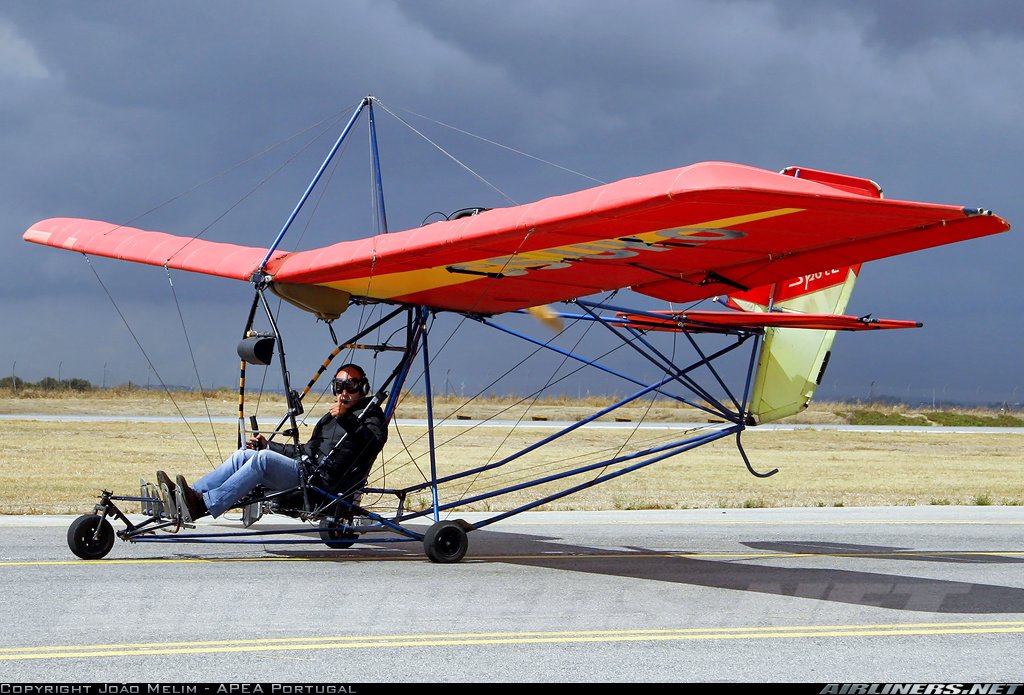
About a year or so later, after work on a Friday night, I drove up to Lodi, California and slept in my car because I had to be there at 7 or 8 AM for an ultralight flight in a two seat UL with an instructor. That flight was good, but a little more tense, as there was a DC-3 flying in the pattern. The DC-3 was based there at the time and was taking up parachutists to jump then quickly coming back to land and pick up more. The ultralight pilot told me we had to be very careful because of the DC-3 in the pattern! We had no radio or transponder or ADS-B LOL. Luckily, we did not collide. This second flight cemented my desire to obtain an ultralight to fly, albeit away from DC-3s!
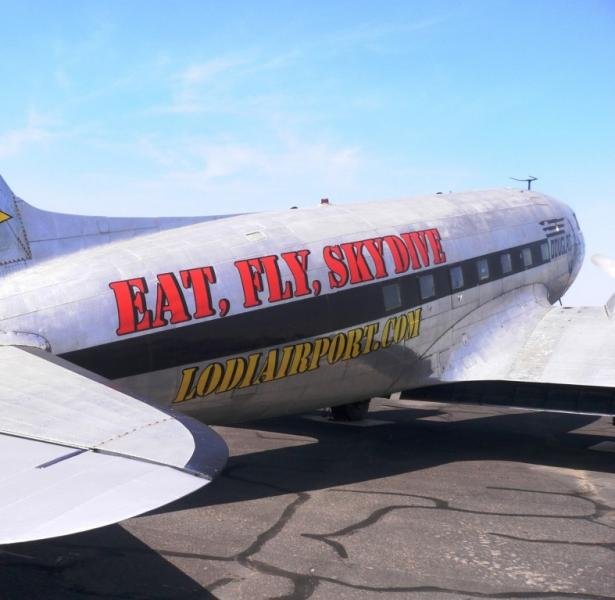
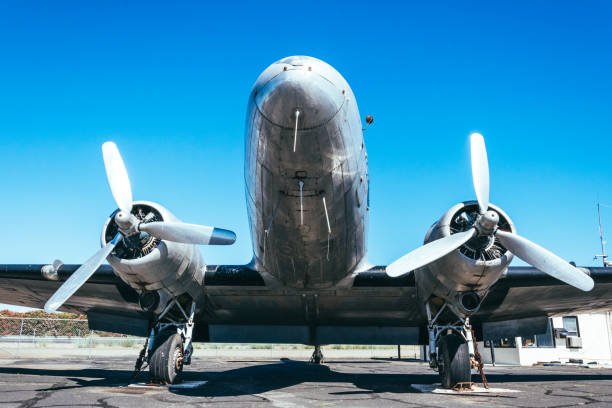

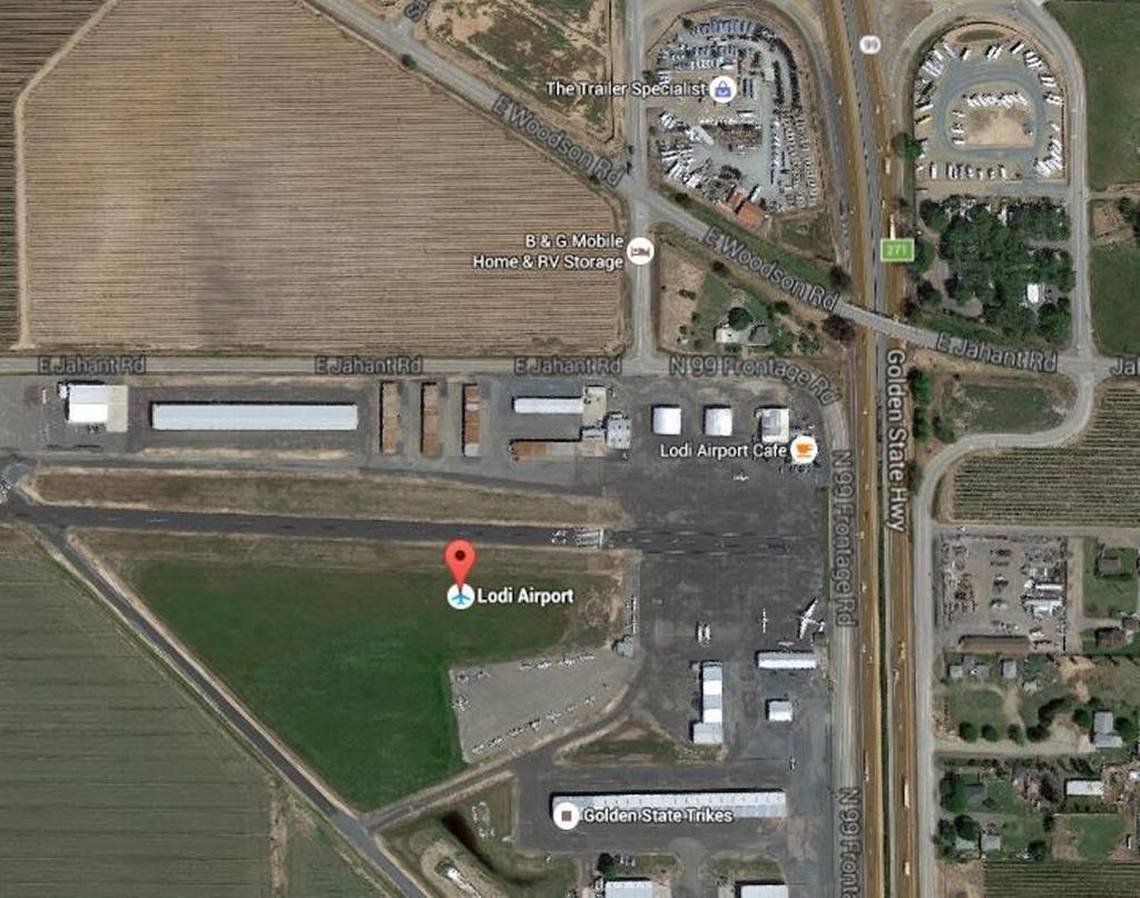
Shawn Buys An Ultralight!
I met a friend named Charlie Friedericks, who I found out was a flight instructor. I was taking ground school course and passed the written for my private pilots license so Charlie became one of my eventual total of three flight instructors. I told him I wanted to buy an ultralight and he seemed very supportive of the idea. I said if he helped me to build it, I would let them fly it, so I began looking to purchase some type of an ultralight. I expected I would probably have to build it from scratch and he had technical expertise because he was also an A & P (airframe & powerplant) mechanic and he worked at NASA Ames research center so he was a perfect person to come into my life to help me realize my dream of building an ultralight aircraft.
 using WordPress and Kubio.
using WordPress and Kubio.